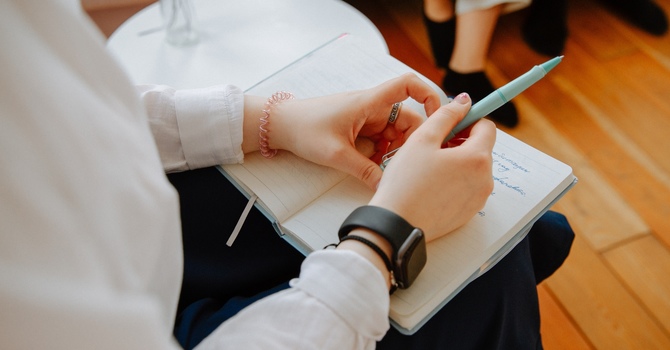When kids are struggling with big feelings, especially around grief, loss, or change, words don’t always come easy. Sometimes, talking just isn’t the first (or safest-feeling) way to open up. That’s where creative tools like books and art can make all the difference.
At Wabi Sabi Wellness, two powerful, child-friendly approaches I love using are bibliotherapy (healing through books) and expressive arts therapy (healing through creativity).
Let me tell you why they matter, and how they work.
What Is Bibliotherapy?
Simply put, bibliotherapy is the use of books as therapy. It’s been around for a long time, some say as far back as 4000 years ago! In modern times, it’s been used in hospitals and therapy rooms to support people in coping with emotional and mental health challenges.
For kids, bibliotherapy can look like:
- Reading a story where the character is facing something similar (a move, family change, grief, worry)
- Talking about how that character feels and what they do
- Imagining what the character might need, or how the child themselves might respond in a similar situation
Books have a gentle way of creating emotional safety. A child might not be able to say “I’m sad because I miss my birth mom,” but they can talk about how the puppy in the story misses their family. And in that moment? The healing starts.
When children see their own experiences reflected in a story, it helps them feel less alone. They might feel empowered by how a character copes, or simply relieved to know that their feelings make sense. It’s like holding up a mirror that gently says, “You’re not the only one.”
What About Expressive Arts Therapy?
Not every child connects with words; some connect through images, music, movement, or play. That’s where expressive arts therapy shines.
Through drawing, painting, music, dance, or even role-play and drama, kids can:
- Make sense of confusing or painful experiences
- Express big emotions without having to say them aloud
- Regain a sense of control and choice
One of the beautiful things about expressive arts is that there is no right or wrong way to do it. The art becomes a bridge between the child’s inner world and the outside one. It's not about making something perfect; it's about expressing something true.
For children who’ve experienced trauma or ambiguous loss (like those in foster care or children grieving a living parent who’s no longer present), creativity gives them a voice when words feel too hard or too small.
And here’s something special: when a child feels safe to express what’s inside, even in scribbles or colours or messy collages, they start to feel seen. Validated. And that kind of witnessing is where real healing begins.
Why These Therapies Work
Whether through stories or art, both of these approaches give children:
- A non-threatening way to explore feelings
- The ability to move at their own pace
- Tools to make sense of their experiences
- A sense of control in a world that may feel unpredictable
Most importantly, they remind kids that their feelings matter and that they’re never alone in them.
Final Thoughts
At Wabi Sabi Wellness, I believe that healing doesn’t have to be perfect or polished. It can be playful, creative, and deeply human. Books, paintbrushes, crayons, puppets, these are not just tools for fun (though they often are!). They are bridges. They are invitations to reconnect with ourselves and the people around us.
If you’re curious about how bibliotherapy or expressive arts could support your child, or yourself, I’d be honoured to explore it with you. There’s something beautifully powerful about watching healing unfold through stories and creativity.
Because sometimes, the best way to say something… is without saying anything at all.

Jill Havelock
Contact Me


